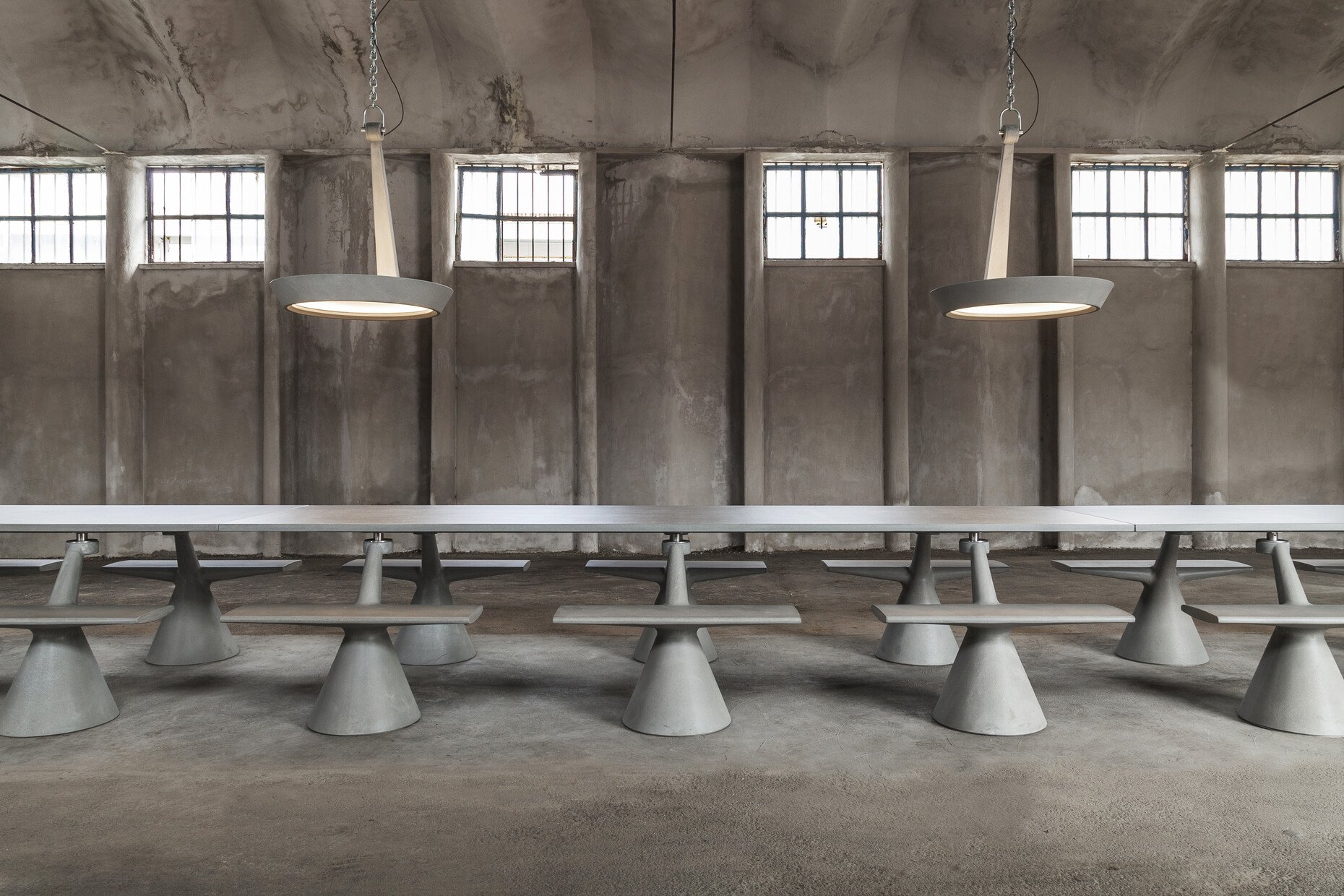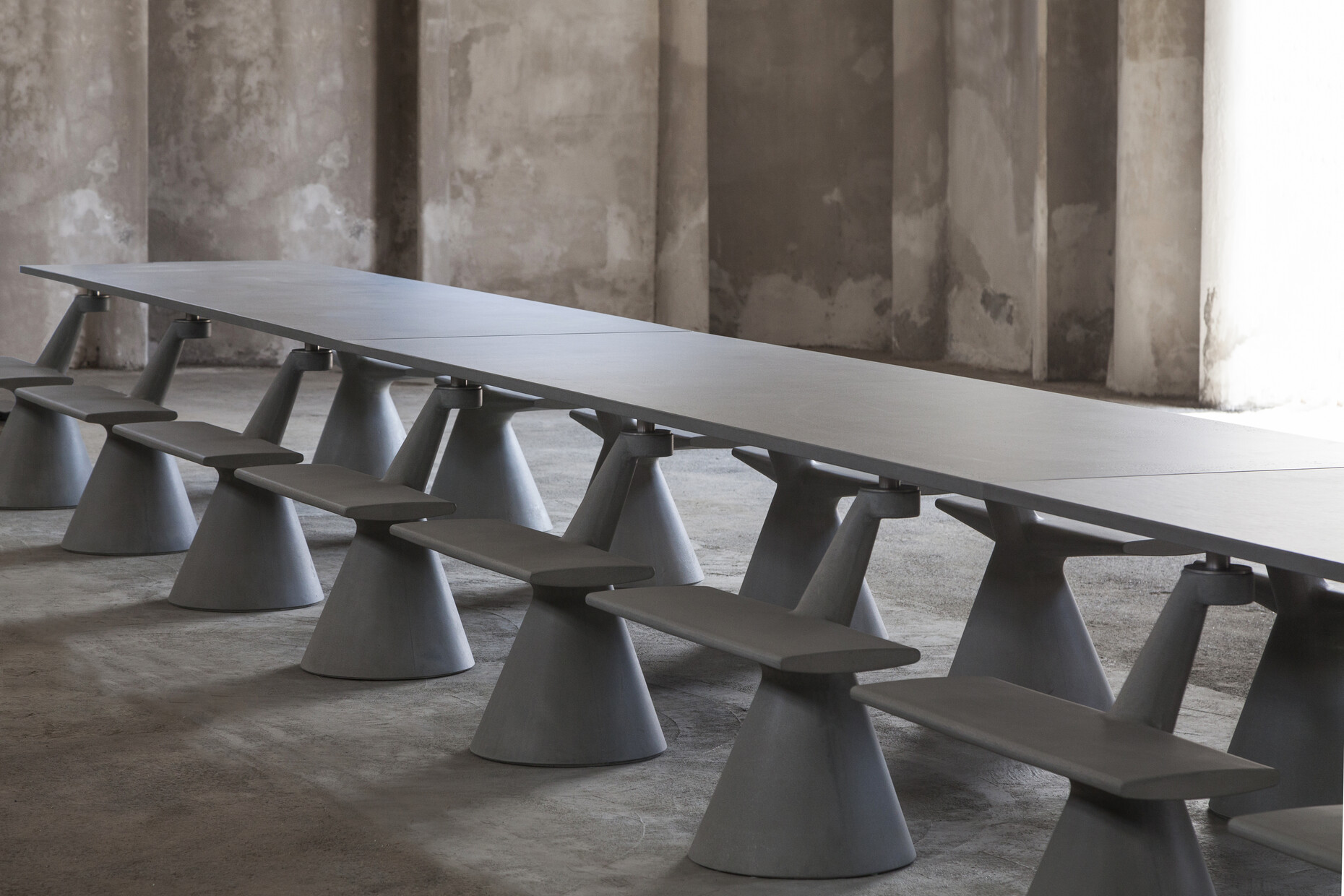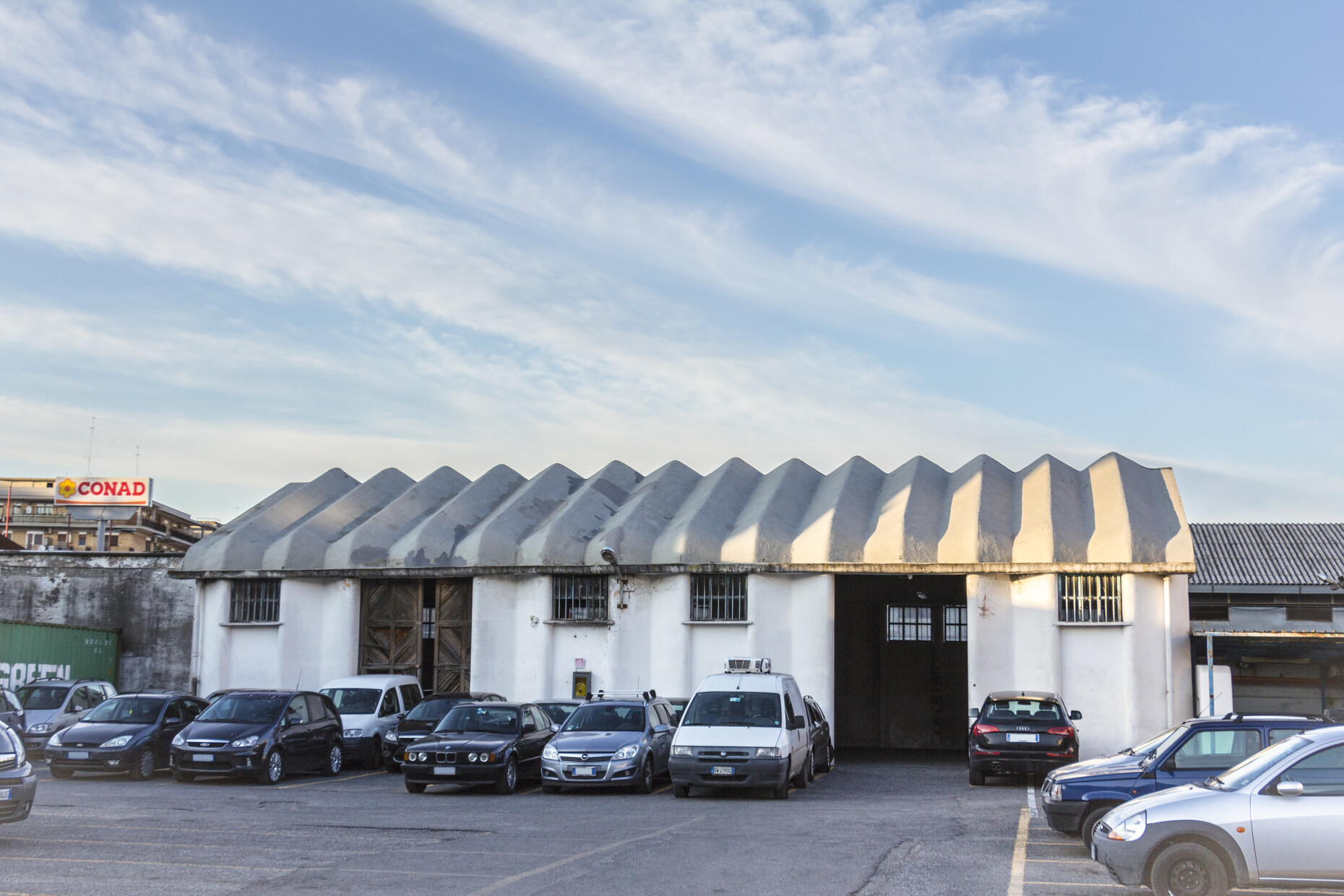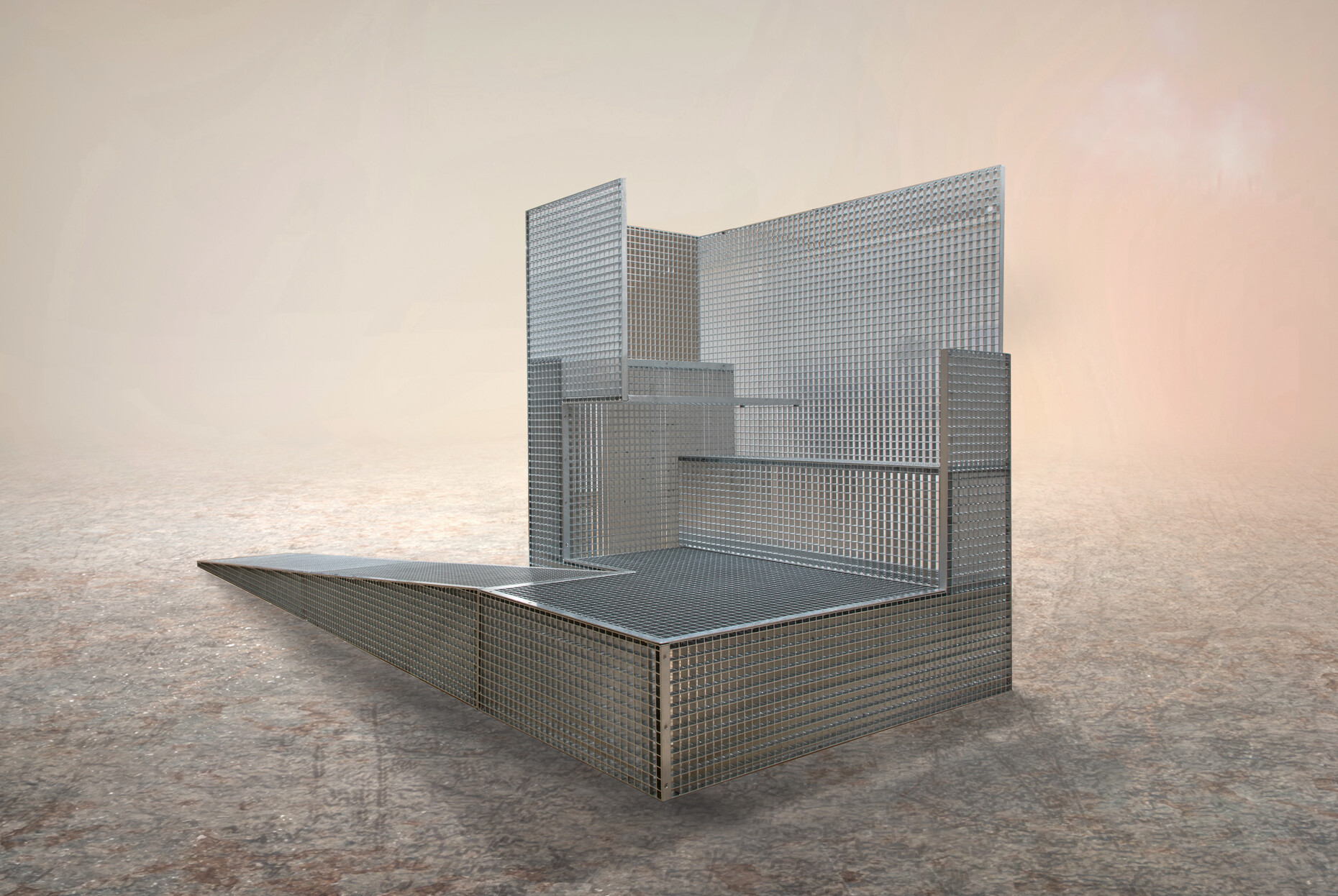Concrete One
For him, enough is never enough. Konstantin Grcic is ardently interested in what could still be. His feel for the possible means he never rests on his laurels. Which is why he has for years forever been exploring, often in free projects and editions for galleries, what still seems possible in design, and has always gone about this with his customary enthusiasm for care and detail. At times he comes up against the very limits of what is feasible, what design potential a particular aesthetic, new type of structure or rarely or hitherto never used materials might have to offer. He is modest enough to realize throughout that anyone working as an industrial designer today and looking to the future actually stands on the shoulders of giants historically speaking. Any advance made depends on history for stimuli, and Grcic is self-confident enough to reveal these roots, only to then make something that is uniquely him.
The latest example: The “Magliana Project” for “Giustini/Stagetti Galleria O. Roma”. Here, Grcic shows what his critical enquiry into the oeuvre of Pier Luigi Nervi (1891 – 1979) and the latter’s efforts in the field of architecture and building construction has produced: A range of limited edition furniture, consisting of modular tables with integrated seating and suspension lighting.
The special thing about them: They are all realized entirely in concrete according to the most innovative techniques developed from the latest studies on the material. Grcic has adapted the methods used on a large scale to construct buildings – and made extraordinary furniture instead.
By way of a reminder: Pier Luigi Nervi was an architect, engineer, inventor, entrepreneur and a pioneer of concrete construction. He is often called Italy’s Oscar Niemeyer. Nervi designed bridges and factories, embassies, exhibition halls and sports venues. Among others, he developed the structure for the Pirelli high-rise in Milan (together with Gio Ponti) and the sports facilities for the Olympic Games in Rome in 1960. And above all, in order to be able to realize his idea of a construction aesthetics in the first place, he developed a version of reinforced concrete that he called “Ferrozement” and which stands out for the high proportion of cement, the slender net-like reinforcement using fine wire mesh, and low wall thicknesses of only a few centimeters. Only in this way was it possible to give the load-bearing structures, the struts, arches, ribs and latticework that his buildings and roof constructions of course required an aesthetic appeal, too: They trace the lines of the various vectors at work, thus turning them into a fascinating ornament. Nervi also developed a technology that enabled parts to be prefabricated on the basis of transportable and reusable molds, saving the labor, time and money otherwise needed for elaborate shuttering.
How could it be otherwise: Konstantin Grcic’s “Magliana Project” was presented in a building closely bound up with Nervi’s “Ferrozement”: The very last surviving prefabricated pavilion of “Nervi & Bartoli”, founded in 1932 by Nervi and headquartered from the 1940s onwards in the Magliana district on the southwestern outskirts of Rome.
What quickly becomes clear is that Nervi and Grcic are linked not just by the robust but elastic material, with its thin walls, but also by n insistence on the dry beauty of simple, clear structures and the honesty of a structure that is visible rather than concealed. On the photographs displayed on Grcic’s ensemble of tables in Nervi’s hall we can discern how, structurally speaking and ignoring scale for a moment, Grcic’s combination of table and seat could also be a bridge or a roof, where load-bearing, supporting and tension are sculpted in detail and transformed into the functions of human coexistence.
With his “Magliana Project”, Grcic is thus not just commemorating Nervi, he is also showing his profound reverence for the latter’s refined buildings by transforming the fine grey mass of fiber-reinforced concrete conceptually, functionally, aesthetically and socially into something homely, in this way developing osmotic objects with a character very much of their own. Nervi’s expressive engineering aesthetic has very much its place here, as does Grcic’s own continuation and transformation of a decidedly contemporary industrial aesthetic. In his search for a form of constructivism that is contemporary not just in aesthetic terms, Konstantin Grcic is quite capable of departing in a quite different direction, as can be seen from his project “Head in the Sky” – outdoor furniture or an outdoor sculpture for work and contemplation; it went on display at the beginning of the year in the “New Old” show Jeremy Myerson curated at the London Design Museum.
Konstantin Grcic "Magliana Project"
Padiglione di Pier Luigi Nervi
Via della Magliana 238
Rome
Giustini / Stagetti Galleria O. Roma
Via dell’Arancio 46/49
Rome
Unbill July 28


















